
Did you know yoga has some unique health benefits compared to weight lifting?
"Yoga is when every cell in the body sings the song of the soul." - B. K. S. Iyengar
For most who embark on a fitness journey, weight training seems the easier option as it relies majorly on aggression and physical enthusiasm. In contrast, yoga demands a holistic approach as it's all about developing a deep connection with one's soul. And this is exactly why many hesitate to do yoga despite being aware of its innumerable health benefits. However, you don't need to worry much as yoga is not as challenging as it seems, and could be super fun as well.
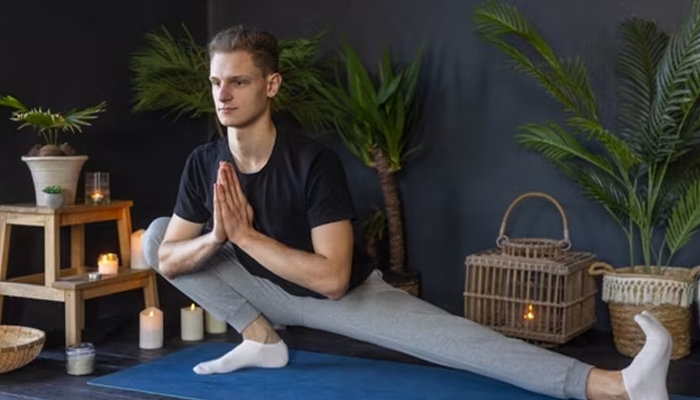
So, if you are a beginner, take a breath and get a mat as we are about to explore the fundamentals of yoga. With practical tips and instructions, we will help you discover the magic of the practice.
In simple words, yoga is a comprehensive practice that involves various physical, mental, and spiritual disciplines. Originated in ancient India, yoga helps you achieve harmony between your body and soul. And it has countless health benefits as well.
"Yoga is not about bending and twisting your body or holding your breath. It is a mechanism and a technology to get you to that state of experience where you see reality just the way it is." – Sadhguru
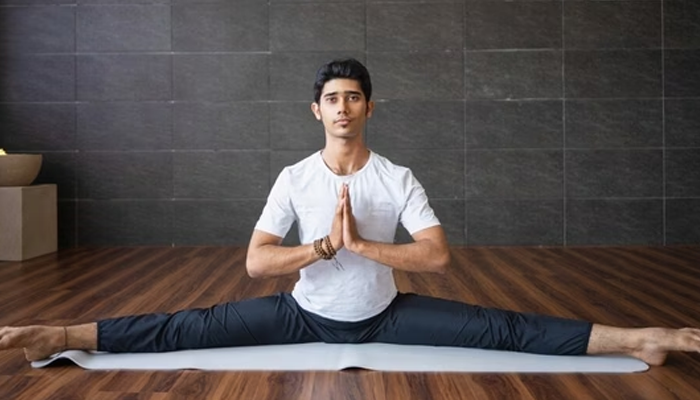
The origin of yoga dates back to thousands of years ago with its earliest references found in the Rigveda. It's also mentioned in the Upanishads, the Bhagavad Gita, and other texts. Over the centuries, the principles of yoga have evolved consistently.
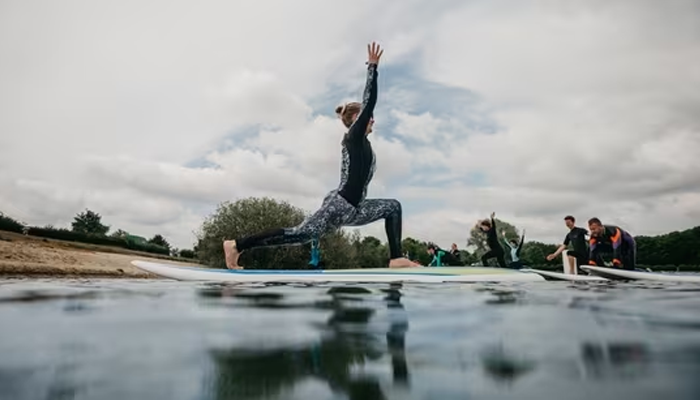
There are several types of yoga, including Hatha Yoga, Karma Yoga, Raja Yoga, Bhakti Yoga, and Tantra Yoga among others. Swami Vivekananda introduced the Yoga Sutras to the West during the late 19th century.
According to Patanjali (one of the pioneers of yoga), there are eight limbs of yoga - collectively known as the Ashtanga. These are yamas (abstinences), niyama (observances), asana (posture), pranayama (breathing), pratyahara (withdrawal), dharana (concentration), dhyana (meditation), and samadhi (absorption).
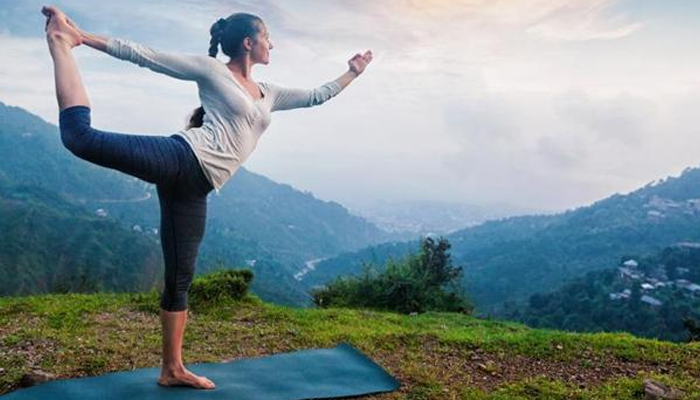
All these form a sequence together from the outer senses to the innermost. The main purpose is to attain 'kaivalya' which means solitude. Kaivalya-Mukti is the ultimate goal that grants liberation both within this life, as 'Jivanmukti', and after death, as 'Videhamukti'.
Yoga, if done regularly, provides you with countless benefits in terms of physical, mental, and spiritual. It improves strength and flexibility, reduces body pain, aids in weight management, promotes better posture, improves cardiovascular functions, eases arthritis symptoms, helps with sleep patterns, reduces stress levels, improves cognitive skills (such as focus & concentration), and cultivates inner peace and spirituality. And more...
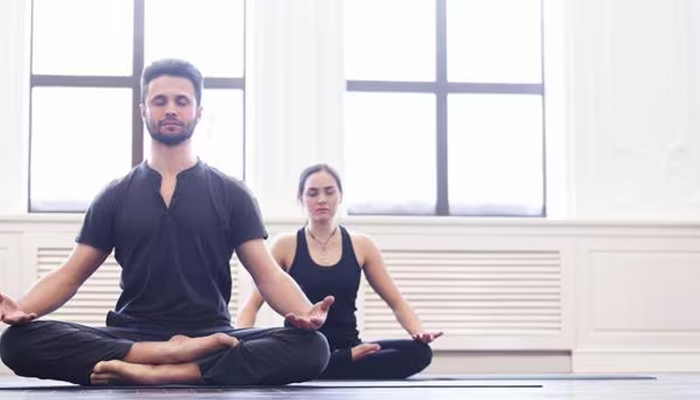
If you are just starting, there are a few yoga poses that you can begin with.
Tadasana, also known as the Mountain Pose, helps improve posture, strengthen thighs and knees, and also boost mental health.
Adho Mukha Svanasana is immensely good for your spine, hamstrings, and calves. And it also calms your mind and helps you think better.
Bhujangasana or Cobra Pose helps increase blood circulation in the body, improving your flexibility significantly. It also promotes digestion, strengthens the spine, and helps relieve stress. On the other hand, it's beneficial for people with asthma as well.
Besides these, you can also try Vrksasana, Paschimottanasana, Balasana, etc.